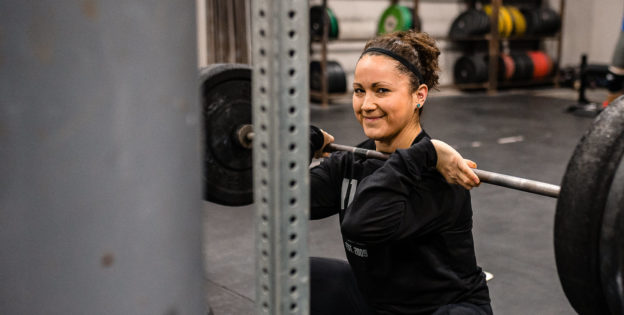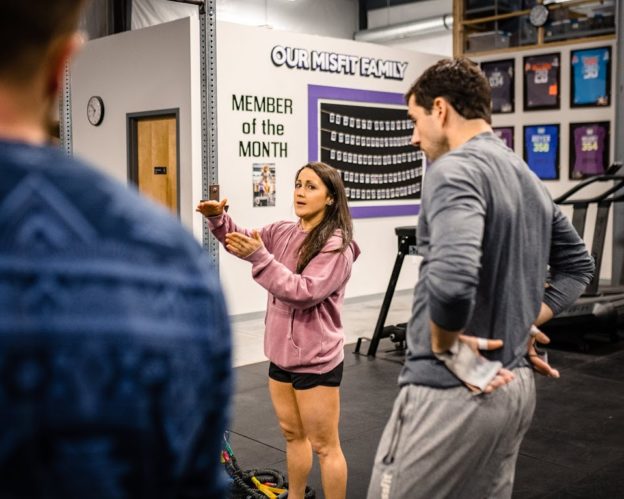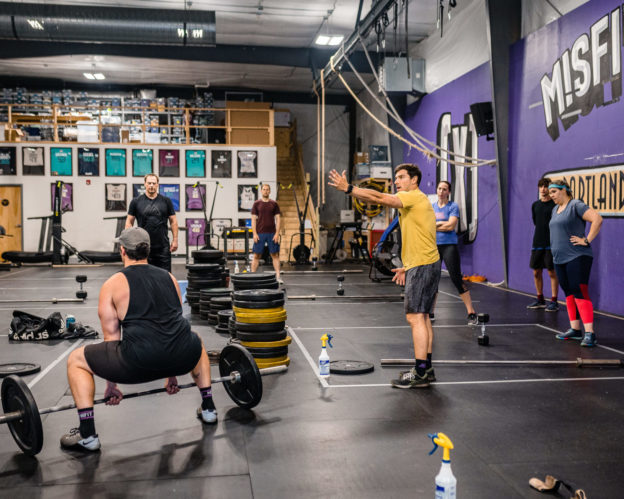
Earning Volume – Part II
In Part I we discussed two scenarios many of us have encountered with respect to athletes seeking additional volume: the CrossFit newbie who can’t get enough, and the slightly more experienced member who isn’t seeing the results he/she wants. Today I discuss a third scenario which, because of our gym’s reputation, hits closer to home: the athlete who wants to compete. If you haven’t read Part I, I recommend doing so HERE. We pick up with our third scenario below:
Scenario 3
Athlete: I want to be competitive and the class volume just isn’t enough for me.
Coach: This can be a tricky one because there’s a decent chance you’re dealing with a bit of an ego, a former competitive athlete, or a member who believes posting a top score in your gym makes them imminently qualified to compete on a higher level. Although the reality is that an infinitesimally small number of athletes make it to the highest level, there are other competitive outlets these athletes may be seeking, so it’s important to give them due process.
Similar to Scenario 2, the first step is determining the athlete’s goals. Is it competitive CrossFit or an upcoming competition? A CrossFit sanctioned competition? The Games? Another sport? These goals are noble and cannot be dismissed, but explaining that the commitment required to achieve them will extend far beyond the confines of the gym is a strong starting point. Assuming this athlete is committed and takes their nutrition and recovery seriously, you have a couple options.
One is to make them earn extra volume by setting challenging goals within the confines of the class workouts. A commonality among more experienced athletes is forgetting what true intensity feels like (e.g. the first time they did Fran). Because experience tells these athletes how uncomfortable a workout can be if it’s not strategized correctly, they tend to over-strategize to win while avoiding discomfort or focussing their effort on a weakness. This can be easily addressed by setting a challenging goals that must be met in order to be allowed to do more volume (e.g. a sub 2:45 Fran and a sub 20 minute 5k run). Another option is to set a goal or address a weakness within a workout. For example, if the workout is “Helen” (3 rounds of a 400m run, 21 Kettlebell swings, and 12 pull-ups), you can mandate that your athlete completes the 400m runs at an uncomfortably fast pace, making the other two normally “easy” movements more challenging. If their goal is competitive CrossFit, programming previous Open workouts may be a good option as well, and once they finish the workout you can show them how their score would have stacked up. This can be eye-opening. In my opinion, once the other 23 hours of the day are accounted for with good sleep, recovery, and nutrition habits, you should focus on intensity within the confines of your program, and only once these prerequisites are fulfilled should you add volume.
At the end of the day it’s important to put these problems in perspective; your athletes want to be there. They want to improve their fitness and health, and they want you to help them. To me, those are awesome problems to have. Knowing the personalities of your athletes and having effective, mutually beneficial solutions in your back pocket and strong communication skills is how you can tackle these issues head on.
Written by Hunter Wood



Responses